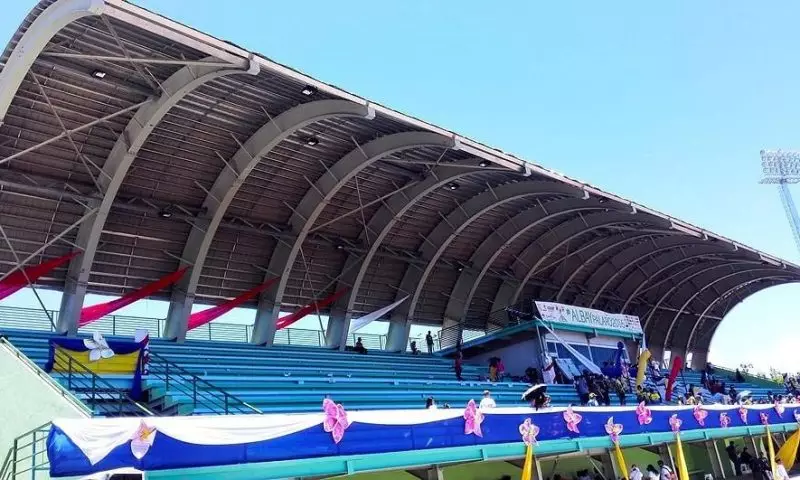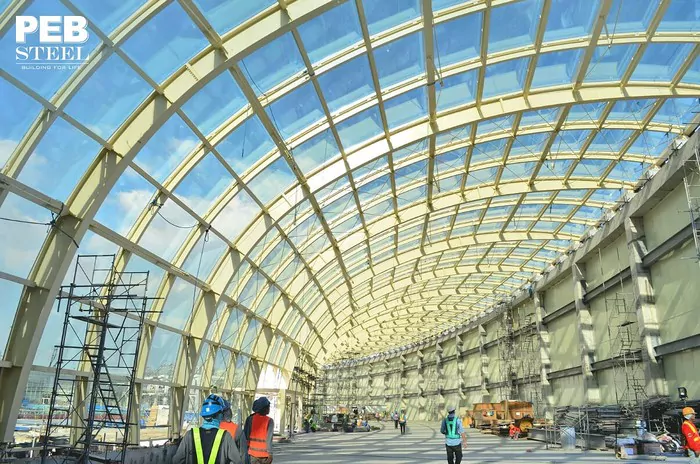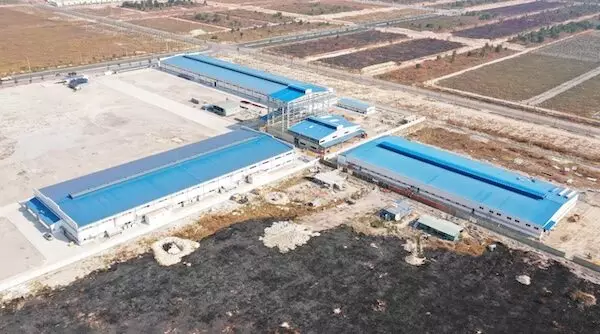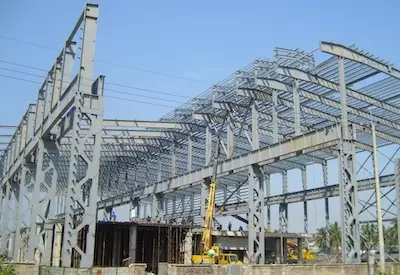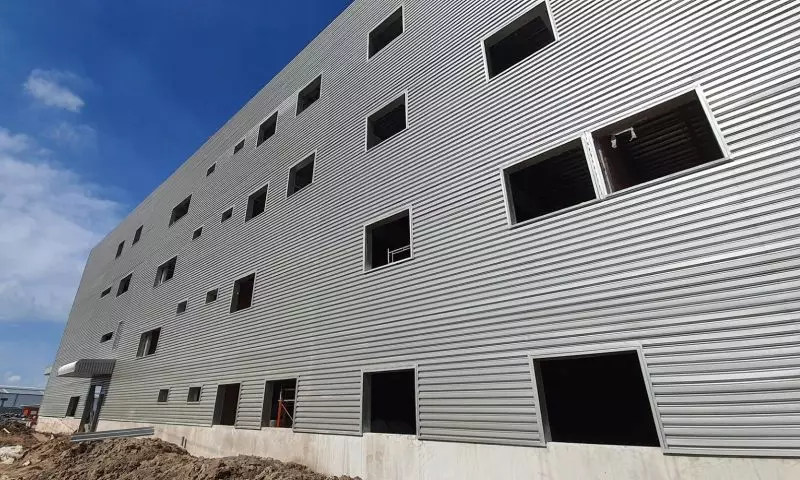When designing and constructing steel structures, the properties of steel are a crucial factor that directly impacts the quality of the construction. Let’s explore structural steel properties and applications with Pebsteel in the article below.
See more: Erection of Steel Structures
1. Structural Steel Properties In Construction
Structural steel in construction possesses the following common properties: tensile properties, shear properties, hardness, and relaxation.
1.1. Tensile properties
Tensile properties refer to the ability of a material to withstand stretching without deformation. Structural steel exhibits higher tensile properties compared to other materials and is often favored in construction projects. To measure the tensile properties of structural steel, a test sample is typically placed in a tensile testing machine. The machine attempts to stretch the test sample by slowly pulling it until it breaks its grip. Then, the tester records the maximum pulling force the test sample can endure.
See more: Advantages Of Steel Structure
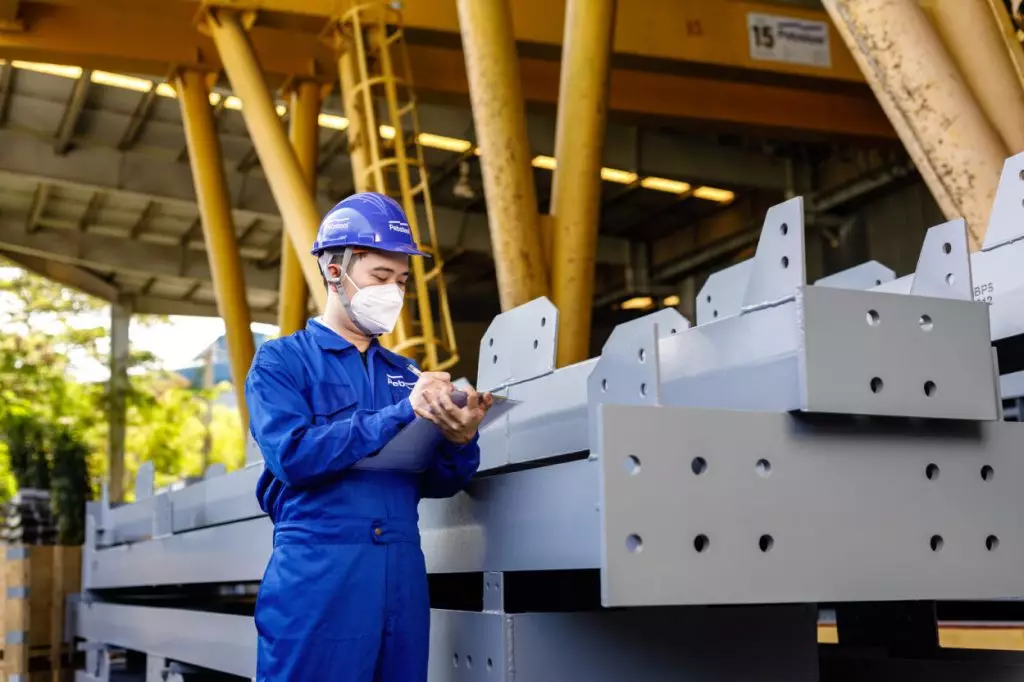
1.2. Shear properties
At the point of failure under shear stress, the shear strength of a steel structure is specified, and it is approximately 0.57 times the structural steel’s yield stress. The ratio of shear stress to shear strain in the elastic range of a steel structure is the expression for the elastic shear modulus. Typically, the elastic shear modulus of steel structure can be taken as 75.84 GPA or the following formula can be used to calculate the elastic shear modulus.
𝐺 = 𝐸21 + 𝜇
Where:
- G: Steel structure shear elastic modulus
- E: Modulus of elasticity of steel structure
- µ: Position’s ratio
1.3. Hardness
Hardness is a measure of a structural steel’s ability to withstand non-elastic deformation. It also determines several other properties of the steel, such as its resistance to wear, toughness, and formability. There are three different standard tests to assess the hardness of steel: the Rockwell test, the Brinell test, and the Vickers hardness test.
- The Rockwell hardness test is the most frequently utilized test method since it is easier to perform and more accurate compared to other methods. All metals can use this, with the exception of materials having dents or irregular shapes.
- The Brinell hardness test is utilized to evaluate materials with a structure that is either too coarse or too rough.
- The Vickers Test or the microhardness test method is applied for materials with tiny elements, thin parts, or case depth work.
1.4. Relaxation
Relaxation is the phenomenon where the structural steel’s tensile strength gradually changes under the influence of constant stress. This occurs due to the combined effects of stress and exposure to heat. Except in situations with a high risk of experiencing a fire, the relaxation of structural steel is frequently not a critical consideration in the design and construction of steel frame structures.
See more: One-layer Steel Floor Structure And Suggested Layout
2. Applications of structural steel in construction
Structural steel offers numerous outstanding advantages at a relatively affordable cost, making it a widely used material in various types of projects. Here are some common applications of structural steel:
- Warehouse constructions, factories, bridges, etc.
- Mining
- Transportation
- Marine
- Energy sector
Pebsteel is a reputable company in the field of designing, fabricating, and erecting pre-engineered steel buildings, not only in Vietnam but also worldwide. With 30 years of experience in the market, Pebsteel has successfully completed over 6,000 projects for customers from more than 50 different countries. With a highly skilled team of engineers, Pebsteel is committed to meeting even the most stringent requirements and delivering the best projects for your business.
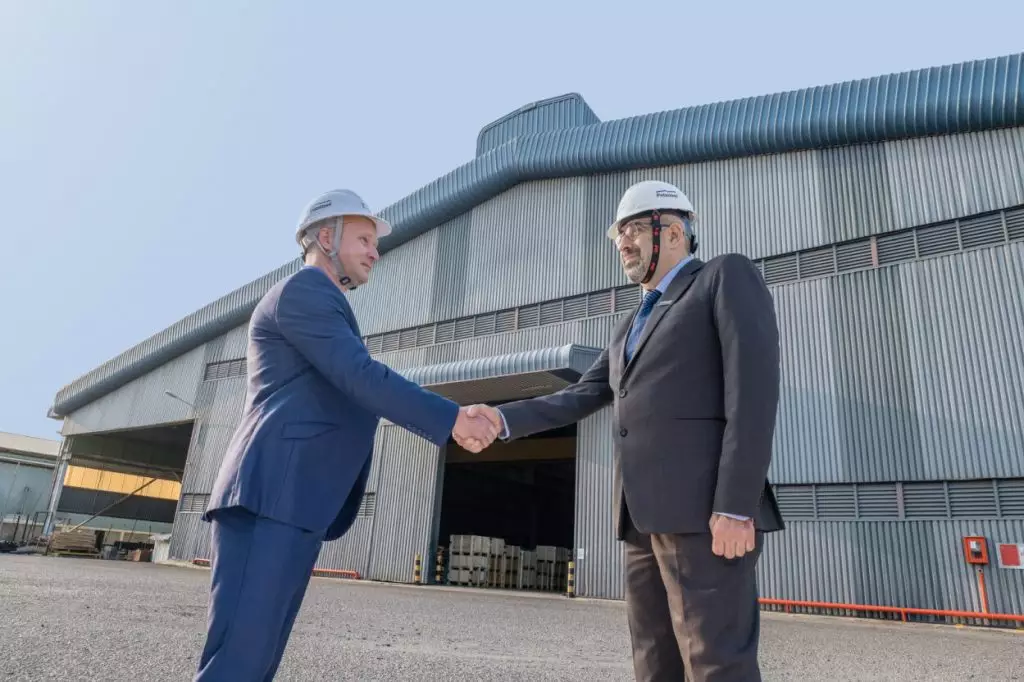
3. Conclusion
Above is information about the properties of structural steel and its applications in construction. If customers need comprehensive solutions for Pre-engineered Steel Buildings and Structural Steel, please contact Pebsteel via email at [email protected] or by phone at +84 908 883531 for immediate consultation.





